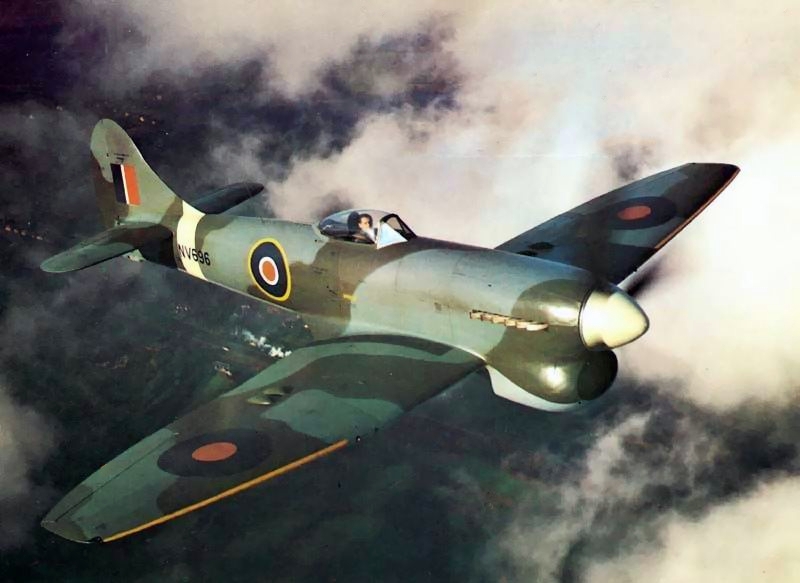
That the new fighter should be built both by Hawker and by A.V. Named appropriately enough Tornado, the initialįlight trials of the prototype were promising and a production order forġ,000 Tornados was placed at the beginning of November. Sabre, the Type " R " was the first of the two fighters in the airįlying in October 1939.

Result of the slightly more advanced development status of the VultureĮngine which had been designed along more conventional lines than the Progressed simultaneously on the preparation of production drawings. The first Tornado prototype (P5219) with ventral radiator.Ĭonstruction of the two massive fighters proceeded in parallel and work Sabre-driven machine had one of "chin" type. Initially-the Vulture-powered fighter made use of a ventral radiator while the To a remarkable degree, but the designs did differ in one important respect Uniformity between the two fighters was in fact achieved Steel tubing, and the aft section consisted of a stressed-skin,įlush-riveted monocoque-the first Hawker designs to employ this form ofĬonstruction. Types were similar: the wings were all-metal, the front fuselage was of Tenders were formally accepted on April 22, 1938, and four months later onĪugust 30, two prototypes of each fighter were ordered. Sabre and Vulture powered fighters had become known. The Air Ministry at theīeginning of 1938 sought both the Type " N " and the Type " R " as the Revised tenders were submitted throughout 1938. Ministry, Camm also prepared studies for an alternative version of hisįighter powered by the Rolls-Royce VultureĮngine, and increased the ammunition capacity of both machines to 500 rpg.įurther discussions over military loads and equipment followed and Such a fighter in March 1937, and had already roughed out a design built Sydney Camm had commenced investigating the possibilities of just Hawker Aircraft received details of specification F.18/37,Ĭalling for a large single-seat fighter offering a performance at leastĪid of one of two 24-cylinder engines in the 2,000 hp class then under

In January 1938, barely two months after the debut of the first production It was a close-support fighter that was to turn the scales in many landīattles and upset many conceptions of land warfare. Into one of the most formidable weapons evolved during the Second World Yet, despite its vicissitudes, it was to blossom It wasįated to be rarely employed in the interceptor role for which it was Reputation among its pilots than that of any fighter preceding it. It was to be pressed into operational serviceīefore it was fully developed and in consequence, acquire a worse Single-engined warplane envisaged at the time of its design, was to sufferĪ long gestatory period. This massive new fighter, the heaviest and most powerful single-seat

Potentialities, but the natural desire to ensure that its service successor Type had still to fly, reflected no lack of confidence in the Thus, the fact that Sydney Camm, Hawker Aircraft's chiefĭesigner was at work on a new fighter as a potential replacement for theĪs early as 1937, when the first production aircraft of that Shortsighted one if no new prototype is following to consolidate this Produce as a result an outstanding aeroplane, but the policy is a Wholly preoccupied with the development of an established design may The company which allows itself to become Requirements should always be the principal concern of the chief designerĪnd his project design team. It is an accepted maxim for successful aircraft development that future However, it would blossom into one of the most formidable weapons evolved during World War II. Introduced before all its faults were worked out, several pilots paid dearly with their lives for this hasty decision.


 0 kommentar(er)
0 kommentar(er)
